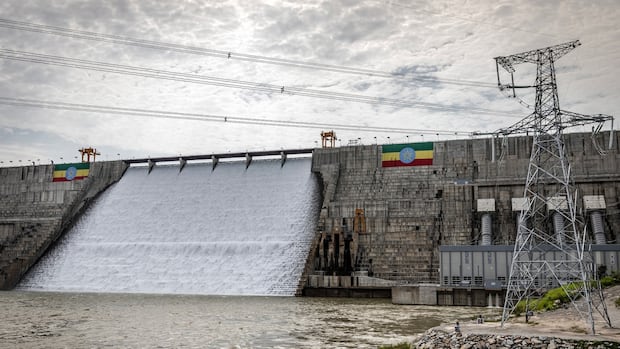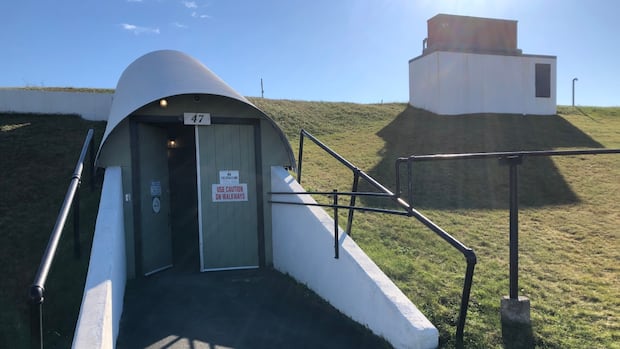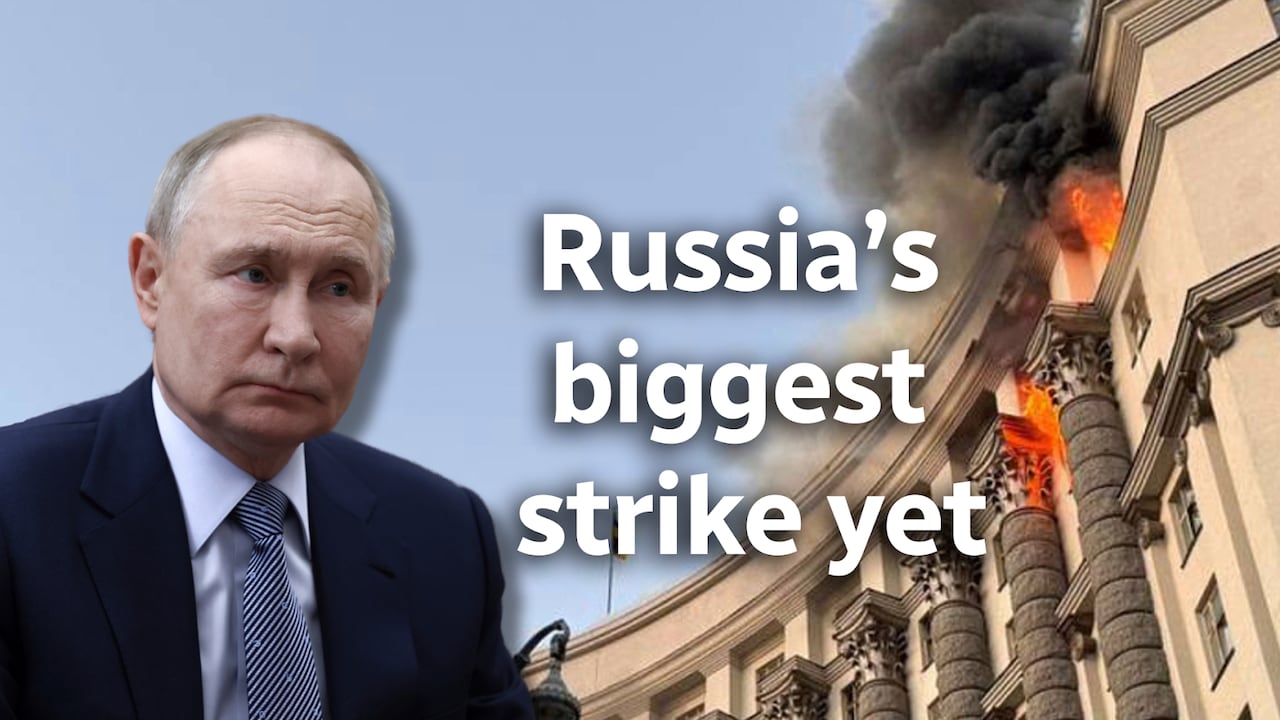Looming high above the Blue Nile and stretching nearly two kilometres across, the Grand Ethiopian Renaissance Dam (GERD) has been a nation-building project and potential economic revolution 14 years in the making.
With its inauguration today, it is officially Africa's largest hydroelectric project.
While the dam — which cost the equivalent of almost $6 billion Cdn — has stirred deep concern in downstream countries such as Egypt, its completion is a point of pride for Ethiopia, symbol of self-reliance and a turning point for a nation where millions still cook over firewood and charcoal and burn kerosene for light.
"Ethiopians are jubilant," said Moses Chrispus Okello, a senior researcher at the Institute for Security Studies in Addis Ababa. "The dam is a history-changing piece of infrastructure… and today marks what you could call an Ethiopia of the past and an Ethiopia of the future."
The hydroelectric project is designed to hold 74 billion cubic metres of water and generate 5,000 megawatts of electricity— more than double the country's current capacity.
Okello says it promises to transition the conflict-strained country to energy dominance in the Horn of Africa, because it will be able to sell much-needed electricity to neighbouring nations such as Djibouti, Tanzania, Sudan, South Sudan and Kenya.
The sale of power in the region will provide Ethiopia with a fresh flow of foreign currency, said John Mukum Mbaku, an African water expert and professor at Weber State University in Utah.
Not everyone is jubilantBut what is being celebrated in Addis Ababa is feared downriver in Cairo.
Egyptian President Abdel Fattah al-Sisi has called the project an "existential threat" and has vowed to defend his country's water security by all available means.
With a population of 110 million, Egypt relies almost completely on the Nile River, and any reduction in its flow poses a threat to farming, jobs and national stability.
Cairo bases its claim on the 1959 Nile Waters Treaty with Sudan, a colonial-era agreement that gave Egypt two-thirds of the river's flow and nearly a quarter to Sudan, leaving upstream nations such as Ethiopia with none — despite the fact that its highlands provide most of the water.
 Egyptian Prime Minister Mostafa Madbouly, right, and his Sudanese counterpart Abdalla Hamdok give a joint press conference in Cairo on March 11, 2021. The two countries and Ethiopia have been locked for almost a decade in inconclusive talks over the Grand Ethiopian Renaissance Dam on the Blue Nile, which broke ground in 2011 and opened on Sept. 9, 2025. (Selman Elotefy/AFP via Getty Images)
Egyptian Prime Minister Mostafa Madbouly, right, and his Sudanese counterpart Abdalla Hamdok give a joint press conference in Cairo on March 11, 2021. The two countries and Ethiopia have been locked for almost a decade in inconclusive talks over the Grand Ethiopian Renaissance Dam on the Blue Nile, which broke ground in 2011 and opened on Sept. 9, 2025. (Selman Elotefy/AFP via Getty Images)Sudan also worries reduced flows in this drought-prone region could hit farming and compromise downstream dams.
Ethiopia and other upstream countries reject the treaty, with Ethiopian Prime Minister Abiy Ahmed repeatedly assuring neighbours the project poses no harm.
Years of negotiations, with mediators ranging from the African Union to Russia and the U.S., have failed to resolve the dispute.
"Despite all the efforts by Egypt, they still weren't able to stop Ethiopia from building the dam," said Mbaku. "They need to come to an agreement where they view it as a regional development project" and share its management.
If they don't, he says, it is Egypt and Sudan who will suffer.
WATCH | Ethiopia fills mega-dam on Blue Nile: Ethiopia is on the verge of producing electricity from a massive new dam on the Blue Nile, but control of the river has created tensions downstream with Egypt and Sudan, which both depend on its abundant waters. (Tiksa Negeri/Reuters)A symbol of sovereigntyFor Ethiopia, the dam has become a rare national unifying force, not least because it was financed by Ethiopians themselves.
Diplomatic efforts by Egypt to stop the dam, says Mbuka, effectively blocked Ethiopia's access to international financing, forcing Ethiopia to sell bonds to its own citizens and diaspora to fund the project. For most Ethiopians, that makes the project a doubly potent symbol — of economic progress as well as sovereignty.
 An attendee reacts with emotion during the official inauguration ceremony of the Grand Ethiopian Renaissance Dam in Guba on Sept. 9. Ethiopia inaugurated the continent's largest hydroelectric project on Tuesday, with Prime Minister Abiy Ahmed calling it a 'great achievement for all Black people.' (Luis Tato/AFP via Getty Images)
An attendee reacts with emotion during the official inauguration ceremony of the Grand Ethiopian Renaissance Dam in Guba on Sept. 9. Ethiopia inaugurated the continent's largest hydroelectric project on Tuesday, with Prime Minister Abiy Ahmed calling it a 'great achievement for all Black people.' (Luis Tato/AFP via Getty Images)For the broader African continent, the dam provides a model of development free from the constraints of international loans.
"A lot of Africans are saying, 'Ethiopia has accomplished something that most African countries have never been able to do,'" said Mbaku.
"A massive construction project with no help from the World Bank, the IMF or the European Union ... that should be celebrated, not just by Ethiopia."













